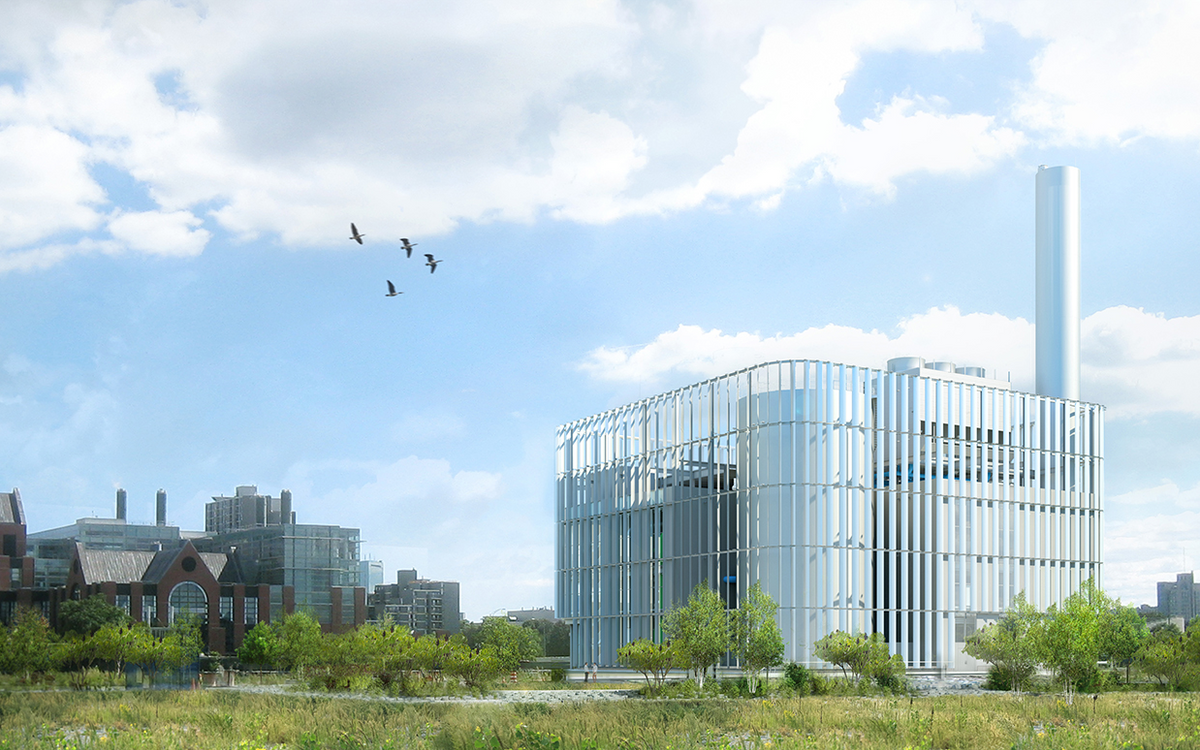
Watts Up? Using Open Data to Save Energy at Harvard
A plan to save energy at Harvard.
My high school campus in Hong Kong used software that displayed energy consumption of individual classrooms in real time and would accumulate usage statistics over time. With this data, one of the divisions under the campus green team designed campaigns to encourage energy conservation. Real-time monitors were great because they could report back to the school and the students on how much energy was saved and what that meant in terms of money value. I feel like far too often, environmental campaigns merely urge people make changes to their lifestyles, without showing them their impact.
I want to do something similar here at Harvard. The university already keeps track of monthly consumption figures for oil, energy, and heating for every building on Harvard campus, dating back to 1999. We think we can use this data set to design a platform that students can use to visualize, understand, and play around with their energy usage data.
At the same time, we are looking into ways to obtain more data. For instance, we can gather data on how much electricity individual dorm rooms / halls / houses are using real-time. The possibilities to influence behavior with these statistics are endless:
We aren’t sure how these interventions will change behaviors, but we want to pilot this with these projects. At any rate, mitigating needless energy waste becomes easier when we have solid data visualization.
Meet the team
Our team is composed of the following members:
- Cathy Wang, a freshman with programming experience in Java and C. She will be working on both policy and data visualization with the stats we already have.
- Harshal Singh who is also a freshman, with a background in big data through machine learning. Harshal has experience working with algorithms such as Decision Trees, Bayes, and KNN, and will be handling the data analysis part of the project.
- Kevin Yoon, a sophomore with CS50/51 background. He will be managing the app development aspect of the project.
Next steps
Our preliminary research reveals some interesting products in this industry. Companies such as TED, Sense and Neurio all offer home energy usage sensors for around $200-300 per unit. My high school purchased their software from a company called En-Trak.
We’re still brainstorming next steps, but we’re swinging for the fences. We have already applied for a $3,000 grant offered by the Harvard University Office for Sustainability for student projects. We’re open to any and all new ideas!
